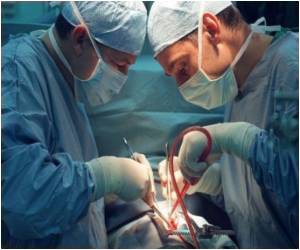Wrong-site and wrong-patient surgical and procedure errors continue, according to data from a liability insurance database in Colorado,in spite of preventive measures.

Philip F. Stahel, M.D., of Denver Health Medical Center and University of Colorado School of Medicine, Denver, and colleagues analyzed data from one company that provides professional liability coverage to 6,000 practicing physicians in Colorado. Clinicians receive incentives for early reporting of adverse events and assistance for disclosure and resolution with patients and their families.
In the database of 27,370 clinician-reported adverse events occurring between January 2002 and June 2008, 25 wrong-patient and 107 wrong-site procedures were identified. Five wrong-patient procedures (20 percent) and 38 wrong-site procedures (35.5 percent) resulted in significant harm to patients. One patient (0.9 percent) died after a wrong-site procedure.
The researchers assessed patient narratives associated with each event and determined the root cause. For wrong-patient procedures, errors in diagnosis contributed to 56 percent of cases and errors in communication to 100 percent. Eighty-five percent of wrong-site procedures were related to errors in judgment and 72 percent to a lack of performing a "time-out."
Internal medicine specialists were associated with 24 percent of wrong-patient procedures, whereas 8 percent each involved clinicians in family or general practice, pathology, urology, obstetrics-gynecology and pediatrics. Wrong-site occurrences involved specialists in orthopedic surgery (22.4 percent), general surgery (16.8 percent) and anesthesiology (12.1 percent).
"The findings from the present study emphasize a continuing and concerning occurrence of wrong-site and wrong-patient procedures in the current era of the Universal Protocol, leading to frequent patient harm and rarely, patient death," the authors write. "Shockingly, non-surgical disciplines equally contribute to patient injuries related to wrong-site procedures."
Advertisement
Advertisement








